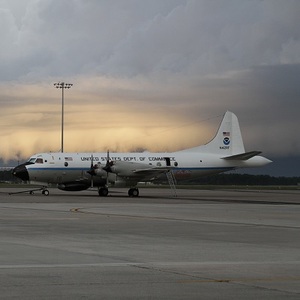

In order for a tropical system in the eastern Pacific or Atlantic Ocean to be named, it must meet the following criteria; sustained winds of at least 39 mph, along with a noticeable rotating circulation around the system’s center. When these criteria are met, the tropical disturbance becomes a tropical storm. It is at that time that the storm is given a name.
Before 1950, there wasn’t an official naming convention in place for tropical storms and hurricanes. At times, storms were labeled by the latitude and longitude of the system, which was confusing to the general public. In 1950, the US Weather Bureau began naming hurricanes alphabetically using a phonetic alphabet. A few years later, in 1953, they began assigning each hurricane a female name. Then, in 1979, an alternating list of female and male names began to be used for the first time.
Today, the duty of naming tropical storms is conducted by the World Meteorological Organization (WMO) located in Geneva, Switzerland. Basically, they use six lists of 21 names each. These lists are used in a six year rotation. This means that the list of names used in 2019 will be the same list used in 2025. The eastern Pacific and Atlantic each have their own unique lists of names that are used.
During years when there are more than 21 named storms in the Atlantic or eastern Pacific, a supplemental list of 21 names is now drawn from. Prior to March of 2021, the Greek alphabet was used for seasons that had more than 21 storms, but the use of the Greek alphabet has since been discontinued by the WMO.
Many of us have heard of how certain hurricane names can be retired from future use. This is done when a storm has been particularly destructive concerning loss of life and property. When these particularly deadly hurricanes strike, the nation that was impacted will propose to the WMO to retire that name. If the WMO approves it, they will meet to put a new name in the list to take its place.
Some seasons, no hurricane names are retired, while a year like 2005 saw five hurricane names go into retirement (Dennis, Katrina, Rita, Stan, and Wilma).
